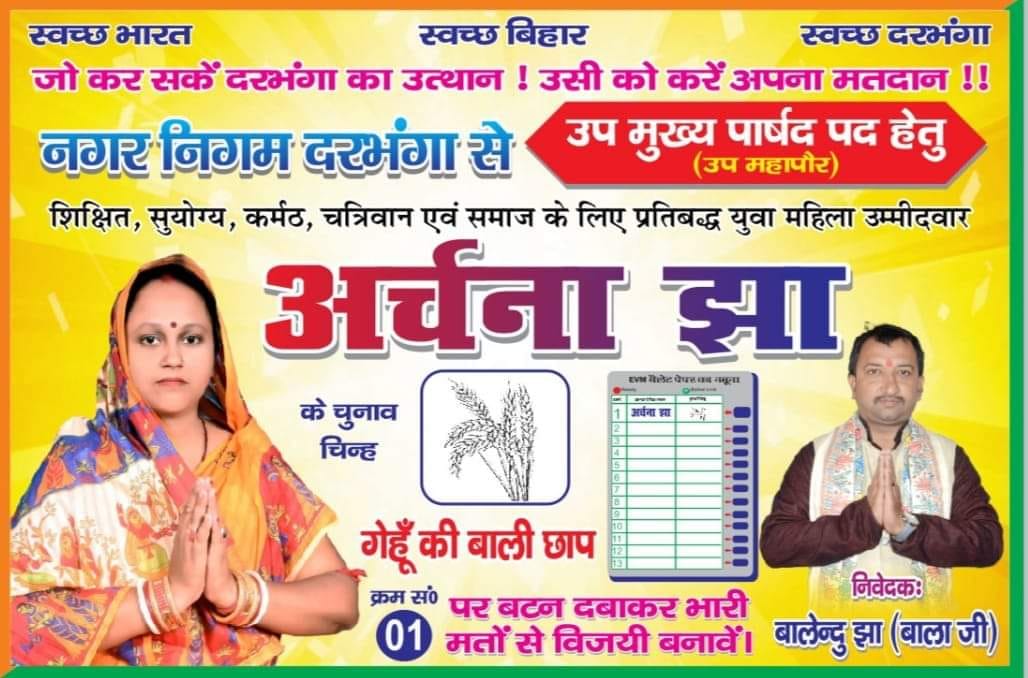
Darbhanga Ward No 14, with population of 8391 is Darbhanga city’s the 5th most populous ward, located in Darbhanga sub district of Darbhanga district in the state Bihar in India.
Demographics
The ward is home to 8391 people, among them 4455 (53%) are male and 3936 (47%) are female. 66% of the whole population are from general caste, 34% are from schedule caste and 0% are schedule tribes. Child (aged under 6 years) population of Darbhanga Ward No 14 is 15%, among them 51% are boys and 49% are girls. There are 1580 households in the ward and an average 5 persons live in every family.
Growth of population
Population of the ward has increased by 94.4% in last 10 years. In 2001 census total population here were 4316. Female population growth rate of the ward is 88.1% which is -12.2% lower than male population growth rate of 100.3%. General caste population has increased by 32.9%; Schedule caste population has increased by 1749% and child population has increased by 104.3% in the ward since last census.
Sex Ratio – Females per 1000 Male
As of 2011 census there are 884 females per 1000 male in the ward. Sex ratio in general caste is 890, in schedule caste is 870 and in schedule tribe is 1071. There are 968 girls under 6 years of age per 1000 boys of the same age in the ward. Overall sex ratio in the ward has decreased by 57 females per 1000 male during the years from 2001 to 2011. Child sex ratio here has decreased by 115 girls per 1000 boys during the same time.
Literacy
Total 5410 people in the ward are literate, among them 3267 are male and 2143 are female. Literacy rate (children under 6 are excluded) of Darbhanga WARD NO.-0014 is 76%. 86% of male and 65% of female population are literate here. Overall literacy rate in the ward has decreased by -7%. Male literacy has gone down by -5% and female literacy rate has gone down by -9%.
Workers profile
Darbhanga WARD NO.-0014 has 28% (2390) population engaged in either main or marginal works. 47% male and 8% female population are working population. 33% of total male population are main (full time) workers and 14% are marginal (part time) workers. For women 5% of total female population are main and 3% are marginal workers.








